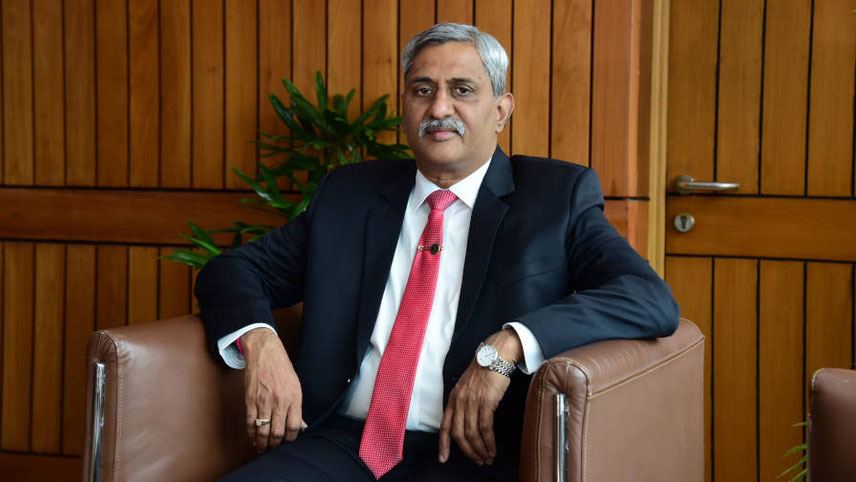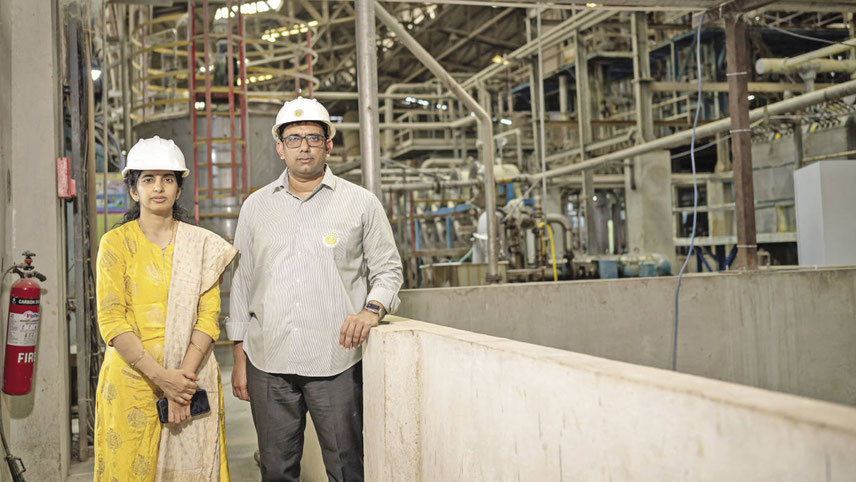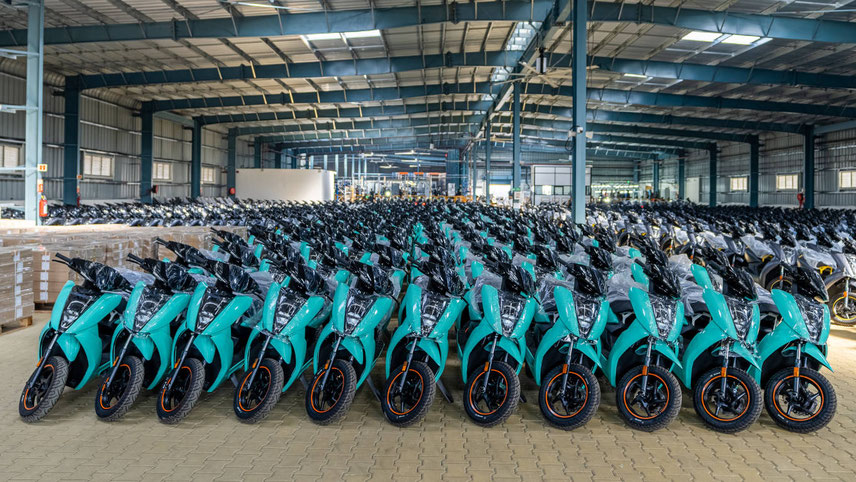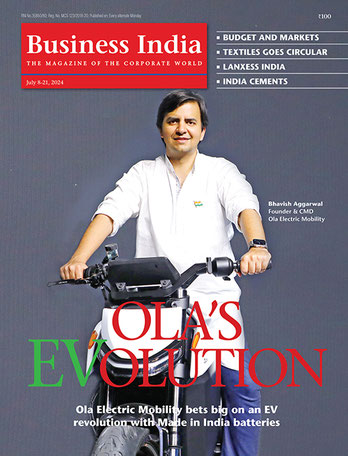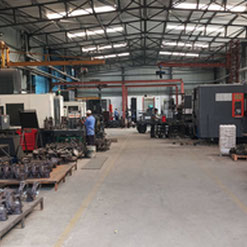How would you explain your growth story during the last three years? What have been the key catalysts for your performance in the recent past? Meeting the country’s coal demand is a motivating factor. The growth is a result of planned and sustained efforts. Our production rose by 151 million tonnes (mt) during previous two fiscal years combined. This was higher by 22.6 mt than the cumulative growth of previous seven fiscal years (128.4 mt). Tying up contracts on time, sub-delegating powers and functional autonomy to managements of our subsidiary companies for quicker decision-making, flexibility in contracts of coal production and overburden, persistent co-ordination with ministries of railways, power, environment, forest and climate change in identifying potential bottlenecks and easing them were some of the catalytic measures. Also, there is close monitoring from top to down at all levels, which has helped in posting double digit output growth in two consecutive years – a record. We would augment our production to 773.6 mt in 2023-24 from 703.2 mt in 2022-23. We are now on course to meet the current year’s 838 mt. The support from the coal ministry, Central government, state governments and district level authorities in levelling bumpy issues was also vital. Do you think that in terms of governance, there is a better environment for the growth of public enterprises? The government’s impetus on Make in India and a push for heightened capital expenditure has led to positive advancements in various PSEs. The potential in public enterprises has increased over the years and the Indian PSEs have emerged as strong wealth creators with growing profits and healthy dividend pay-outs. Coal India is among the top PSUs of the country in terms of profit turn out. There is also better resource allocation and increased transparency as offshoots of effective governance, creating encouraging environment for economic growth. Investor confidence in PSU stocks is also high now. Coal India is a fossil fuel producing entity. From an ecological point of view how are you meeting your Net Zero goals – what is the current status? We are committed to reducing the carbon emissions, to the extent possible, that accrue out of our mining operations through carbon sequestration measures. Our net zero plans begin right from over-burden removal where we deploy blast free vibro-rippers that suppresses dust and noise pollution. We operate surface miners in our OC production, which entail blast free production with minimal ecological damage to the surface and also yield crushed coal of the desired below 100 mm size. In 2023-24, about 57 per cent (425 mt) of our entire OC production of 748 mt was met through surface miners. Their numbers will be increased further in future. Eco-friendly mechanised coal transportation that we pursue results in reduction of significant carbonaceous emissions and particulate matter as substantiated by a NEERI pilot study. Our plantation and grassing for greening of mining areas peaked to 2,416 hectares (ha) in 2023-24. This creates carbon sink potential of about 50 tonnes/ha per annum. Efforts are on for plantation over 5,000 ha under the government’s Green Credit Programme. Profuse use of LED electrical equipment as part of our energy efficiency measures has resulted in shrinkage of Co2 equivalent emission to the tune of 106,000 tonnes over a three-year span till the closure of 2023-24. Pursuing renewable energy that generates cleaner power, we are actively focussing on solar power.
-
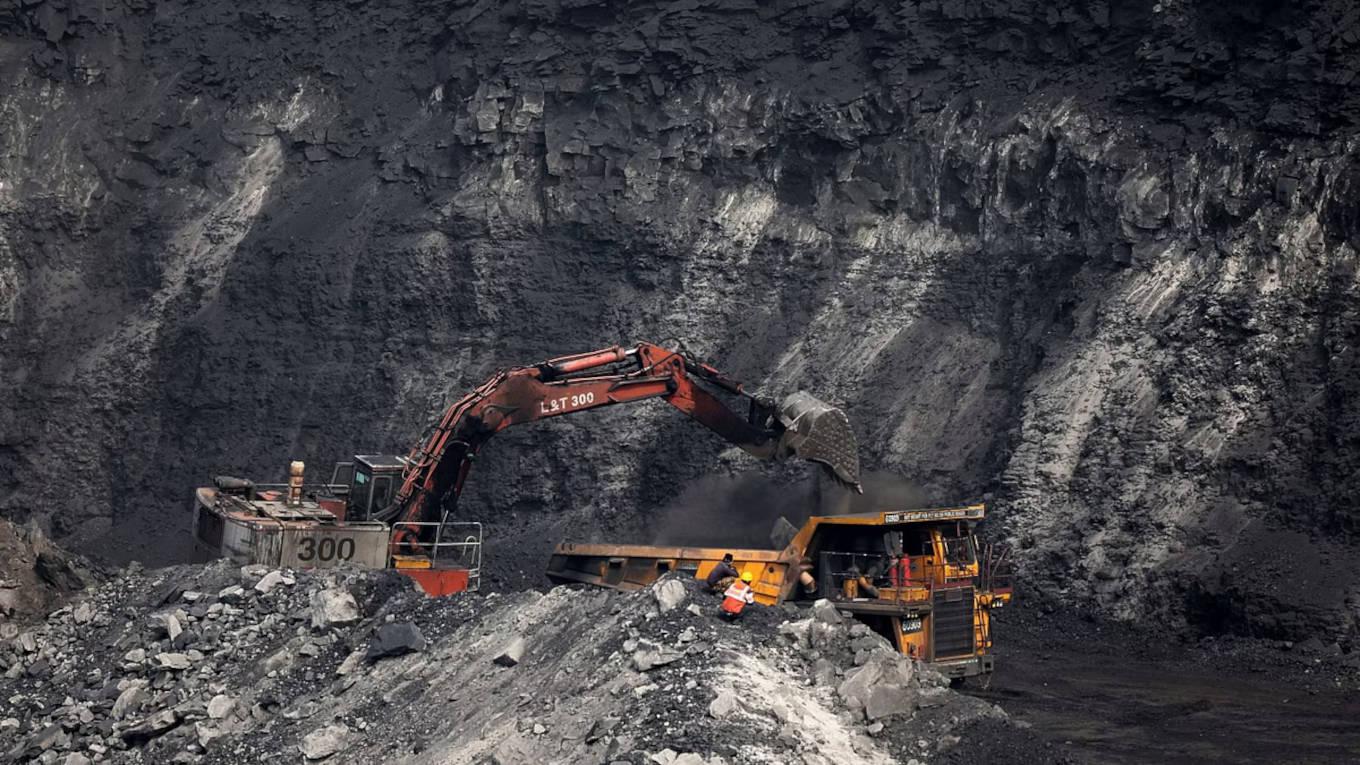
Coal India: meeting the country’s coal demand









